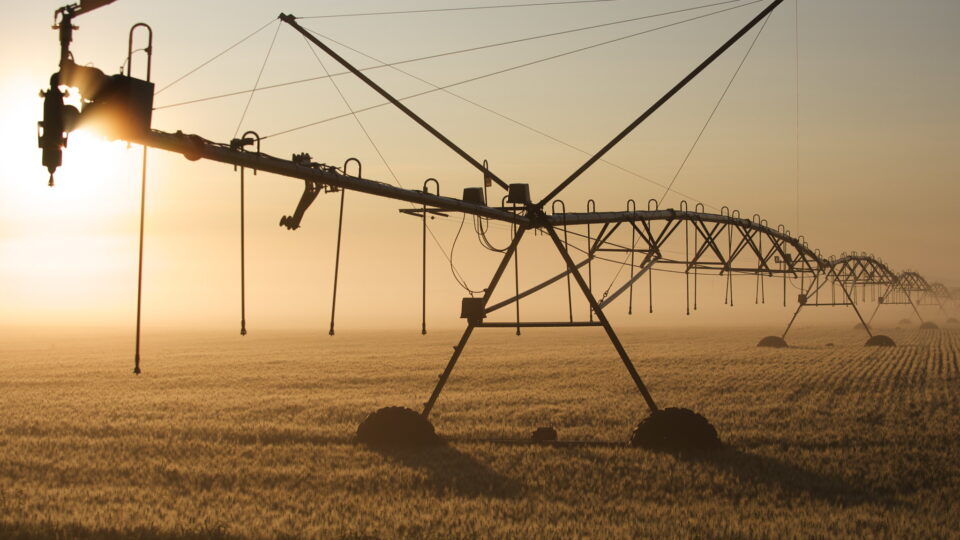The majority of U.S. drinking water systems rely on groundwater, as do America’s farms. Even though groundwater is a crucial resource for the country, there is no central oversight or even monitoring of its status across the country. The health of the country’s aquifers is difficult to gauge.
The New York Times spent months amassing data from 80,000 wells across the country by reaching out to federal, state, and local agencies nationwide.
The survey found that 45% of the wells examined showed a statistically significant decline in water levels since 1980. Forty percent of the sites reached record-low water levels over the past 10 years, with last year the worst yet.
Over pumping is the biggest problem. State regulations tend to be weak and there is no federal oversight. The warming climate reduces snowpack, which means less water in rivers, increasing the need to tap into groundwater. Warmer weather means thirstier plants, increasing the demand for water.
It is a nationwide problem, not just one in the drought-ridden West. Arkansas, which produces half of the country’s rice, is pumping groundwater twice as fast as nature can replace it. Three-quarters of Maryland’s wells have seen substantial drops in water levels.
As groundwater is pumped out, the empty space can collapse under the weight of the rock and soil above it, permanently diminishing the capacity for future groundwater storage.
There are likely to be parts of the U.S. that run out of drinking water and groundwater depletion threatens America’s status as an agricultural superpower. Objectively, the status of American groundwater is a crisis that threatens the long-term survival of communities and industries that depend on it.
**********
Web Links
Five Takeaways From Our Investigation Into America’s Groundwater Crisis
Photo, posted July 25, 2009, courtesy of Chris Happel via Flickr.
Earth Wise is a production of WAMC Northeast Public Radio

